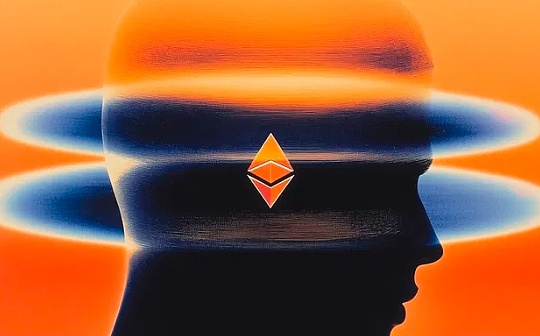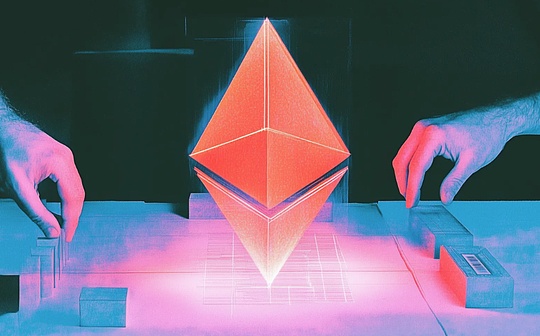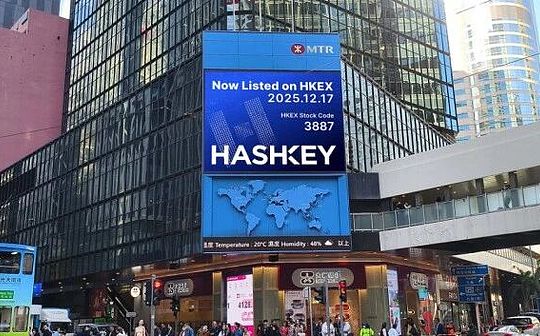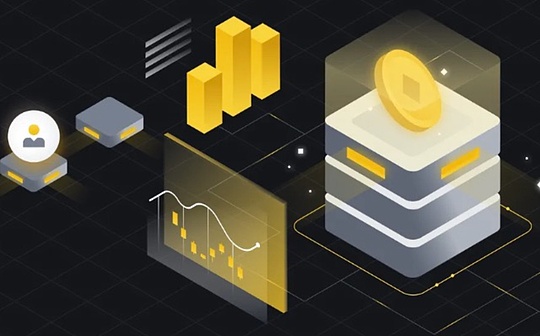
Source: David C, Bankless; Compilation: Deng Tong, Bitchain Vision
After the Ethereum Foundation recently announced its expansion of L1, Vitalik published an article on Friday titled “Simplifying L1”, explaining how Ethereum simplifies and strengthens its underlying layer to cope with long-term development.
For Vitalik, scalability is not enough—if Ethereum wants to be a “platform for storing civilized assets and records”, it must also be easy to understand, maintain and secure.He believes it’s time to abandon bloated architectures, rethink core systems, and replace EVM with simpler systems.His goal is to build an Ethereum that is almost as simple as Bitcoin in five years.
The following is tl;dr — covers core ideas such as simplifying consensus and execution.

Why is simplicity important
For Vitalik, simplicity not only means that the code is more concise, but also makes Ethereum more powerful.The more people can understand and use the protocol, the safer, decentralized it will be, and the more adaptable it will be.
He took Bitcoin as an example: its basic layer is very streamlined, and even high school students (he believes) can build a client.This simplicity helps it maintain stability, extensive auditability, and is difficult to destroy.
By contrast, Ethereum gradually increases complexity over time—sometimes necessary, but often not.This complexity slows down the escalation, increases risks, and makes contributions more difficult.
Simplification now unlocks key advantages:
-
Easier to verify and secure:Less code means fewer vulnerabilities or attacks to hide space.
-
Lower maintenance burden:Fewer legacy systems make future upgrades smoother.
-
A wider contributor group:Simpler designs can attract more developers to participate.
-
Stronger neutrality:Clear, predictable rules are harder to manipulate or politicize.
With the network stable and ready to mature, Vitalik believes it is time to clean up redundancy.

1. A simpler consensus layer
To simplify consensus, Buterin pointed to the new Beam Chain proposal that advocates replacing old, complex systems with a cleaner design:
-
A more streamlined kernel with three-slot finality:Eliminate technical systems such as cycles, committee reorganizations and synchronization committees to make consensus engines easier to understand, audit and maintain.
-
Easier fork selection rules:Reduce the number of active validators at any moment, reduce the complexity of deciding which version chain to follow, and improve security.
-
Simpler voting collection (based on STARK):Making it easier and more economical to collect validator votes without trusting specific participants or processing duplicate data.
-
A clearer validator life cycle:Make validator joining, exiting, key updates and offline recovery more direct, reduce edge cases, and help the network define a clearer security window.
-
Simplified peer-to-peer communication:Fewer protocol components make nodes easier to connect, synchronize, and stay consistent.
2. Simpler execution layer
Vitalik reiterates support for replacing Ethereum’s current virtual machine EVM with a simpler, more modern alternative to RISC-V, which he believes is bloated and hinders scalability.
For those who missed our article on RISC-V, this universal virtual machine could be considered as a hardware version of Linux: a neat open source blueprint that has been used by companies like Intel and Arm to build chips.In Ethereum, it will serve as a new smart contract engine, offering the following advantages:
-
Simpler virtual machine specification:It is easier to understand than EVM, reduces errors, is more convenient to upgrade, and is more suitable for long-term maintenance.
-
Less special case shortcuts (precompiled):Replace most built-in functions with regular smart contract code, streamline the basic protocol and make it easier to maintain.
-
Already used in ZK:Because RISC-V accelerates zero-knowledge proof, it has been adopted by projects such as Polygon, Risc Zero and SP1.
-
More flexible language:Developers can use languages like Rust or Move, not just Solidity.
Vitalik sees this as an opportunity to better rebuild the foundation, potentially improving its performance by 100 times.
3. Backward compatible transition
What happens to all applications and tools that still rely on EVM?Vitalik has developed a phased transition plan that aims to keep everything running without leaving the underlying protocols forever.
The goal is to move legacy features out of the core protocol, which are still valid but will not drag Ethereum down.Just like storing old files in the cloud, they are still available if needed, but won’t take up your desktop space.This keeps the core protocol streamlined while retaining compatibility with all existing build content.His suggestion is as follows:
-
Start with RISC-V precompilation:The new features will be built using RISC-V to make the ecosystem better adapt to virtual machines.
-
Supports two virtual machines:During the transition period, developers can deploy in EVM or RISC-V and achieve full cross-compatibility.
-
Replace precompiled code with RISC-V code:Replace most built-in functions with simple on-chain RISC-V code to reduce protocol bloat.
-
Encapsulate the EVM into the contract:Migrating the EVM into a RISC-V smart contract means the old logic can still run, but does not interfere with the most sensitive parts of the protocol.
This way, Ethereum can clean up its foundation without destroying the already established foundation.

4. Sharing Standard = Reduce Complexity
at last,Vitalik hopes to simplify Ethereum by standardizing tools throughout the network.
Currently, different parts of the protocol often solve the same problem in slightly different ways—mainly because individual teams build them individually.Unifying these parts under shared standards reduces complexity and makes the entire stack easier to maintain.His advice is:
-
Unified Shared Coding System (SSZ):Already used to track network status at the consensus layer.Extending it across Ethereum will simplify tools and make applications easier to build and connect.
-
Unified data splitting method (error code):Ethereum splits and validates data in multiple aspects: data availability sampling, P2P broadcasting, and history storage.Using the same method everywhere can reduce the amount of code, increase speed and ensure accurate data verification.
-
Unified state structure (tree structure):Replacing the currently complex Merkle data tree with a simpler binary data tree can save space, speed up proofing, and help lightweight applications run more efficiently.
These small changes may not sound compelling, but they reduce the overall weight of the system – which makes Ethereum easier to run and harder to crack.


All in all, Ethereum’s advantage is always flexibility—but it is also accompanied by growing complexity.
Vitalik’s vision aims to regain simplicity without losing its power, making Ethereum more streamlined, clearer and easier to build.If Ethereum wants to support the most important data and systems in the world, it needs not only to be scalable, but also to be persistent.
Vitalik believes that,First of all, we need to streamline it.








